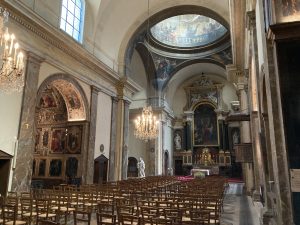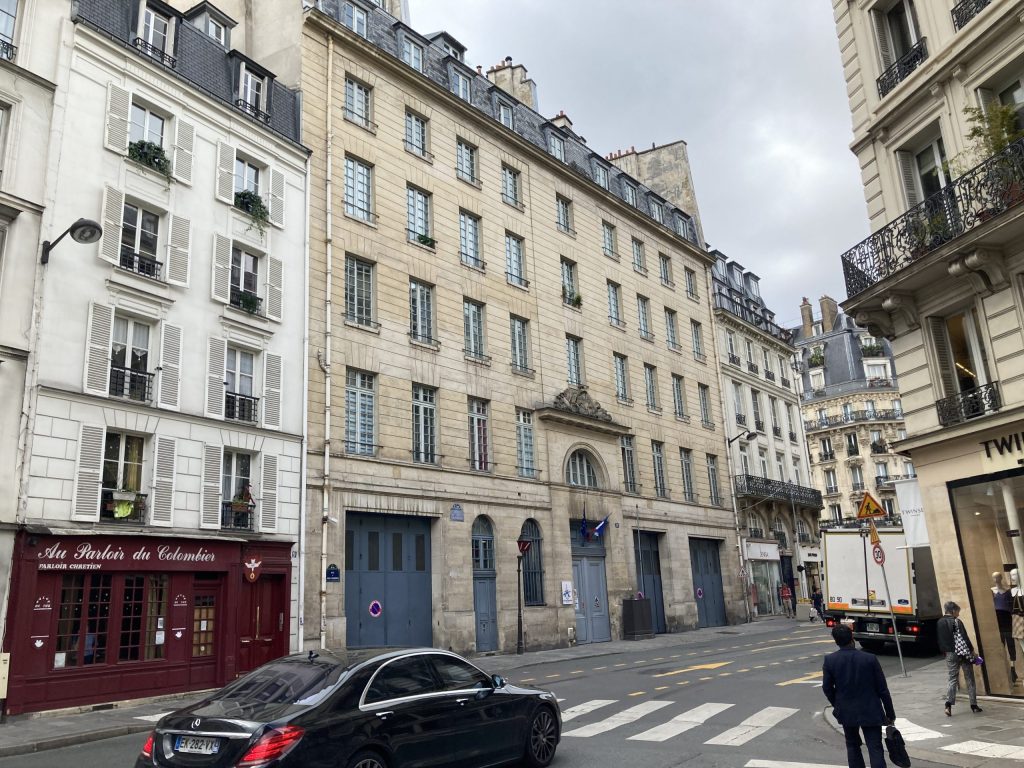It is perhaps the central irony of our Vincentian vocation that while our “ideal is to help relieve suffering for love alone, without thinking of any reward or advantage for [ourselves]” it is also true that we do this for ourselves, as a necessary step towards our growth in holiness. [Rule, Part I, 2.2] So how do we reconcile what seems to be both self-serving and selfless at the same time?
Saint Louise de Marillac offers some insights on charity and the mystery of the incarnation that may help us to understand how, in serving the neighbor, we serve our own souls.
God, Louise explains, chose to come into this world in a form that was not at all “consistent with His grandeur.” He didn’t even come as the greatest of men, but as a poor man. Everything he did as man, she writes, was beneath Him.
“He came as humbly as can be imagined,” she tells us, “so that we might be more free to approach Him.” [Sp. Writings, 700]
God’s incarnation in Christ is an invitation! He wants to know us and wants us to know Him. The God of Moses was so great in His glory that nobody could see Him and live. The poor carpenter of Nazareth is our brother, our neighbor, our friend…and still our God.
As Louise often reflected, God created our souls only so that we may be joined with Him. Making it possible for us to know Him was a supreme act of humility. In serving the poor, then, we must exhibit this virtue of humility, commensurate with Christ’s own humility. They are, for us the sacred images of God, and “how shall we not love Him in [their] persons?” [Letter137, to Janmot, 1837]
How can we do anything then, but to offer our time, our talents, our possessions, and ourselves? [Rule, Part I, 2.5.1] How can we help but serve? Indeed, Louise teaches, “the person who does not love does not know God, for God is Charity. The cause of love is esteem for the good in the thing loved.” [Sp. Writing, 710]
In serving with humility and in selflessness, in serving for love alone, we not only do as God asked us to do, we do as Christ Himself did.
“This practice of charity is so powerful that it gives us the knowledge of God… the greater our charity the greater our participation in this divine light which will inflame us with the fire of Holy Love for all eternity.” [Sp. Writing, 711]
Contemplate
How can I better seek to imitate Christ in my service?



























